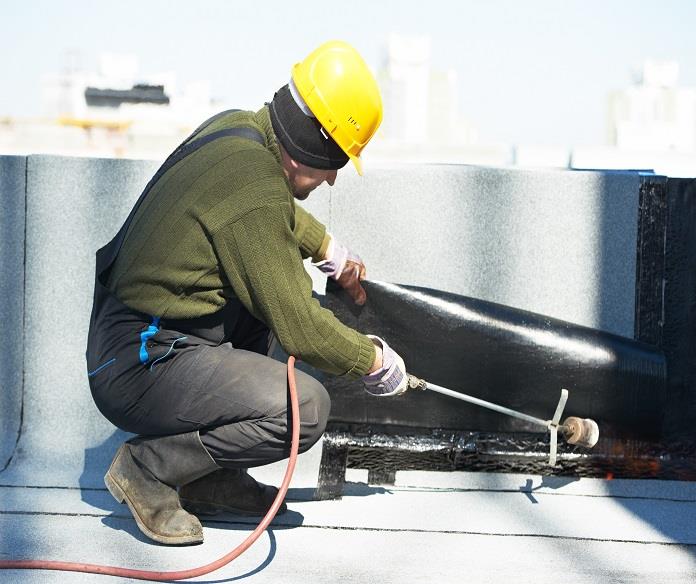Aerial lift equipment is crucial in various industries, from construction to maintenance. However, operating these machines comes with inherent risks. That's why aerial lift training is essential for ensuring the safety of both operators and bystanders. Proper training covers aerial lifts' operation, maintenance, and safety protocols, reducing the likelihood of accidents and injuries.

Mitigating Hazards: The Benefits of Propane Safety Courses
Propane is a widely used fuel source in many industries, including construction, agriculture, and manufacturing. While propane is efficient, improper handling can lead to hazardous situations such as leaks, fires, or explosions. Propane safety courses educate workers on the safe handling, storage, and use of propane, equipping them with the knowledge and skills to prevent accidents and respond effectively in emergencies.
Comprehensive Training for Aerial Lifts Operations:
Lift training goes beyond basic operational skills. It encompasses a comprehensive understanding of equipment functions, safety protocols, and emergency procedures. Through hands-on exercises and classroom instruction, participants learn how to identify potential hazards, perform pre-operation inspections, and safely maneuver aerial lifts in various environments. Additionally, they are trained to recognize and respond to common workplace hazards, such as electrical lines, uneven terrain, and overhead obstacles.
Ensuring Compliance and Accountability:
Aerial lift training is not just about fulfilling regulatory requirements; it's about prioritizing the well-being of personnel. By investing in comprehensive training programs, employers demonstrate their commitment to safety and reduce the likelihood of workplace incidents. Additionally, proper training can help organizations avoid costly fines and legal liabilities associated with non-compliance.
Empowering Workers with Propane Safety Knowledge:
Safety courses empower workers with the knowledge and skills to safely handle propane. Participants learn about the properties of propane, proper storage techniques, and the importance of ventilation in confined spaces. They also receive training on leak detection, emergency shutdown procedures, and the use of personal protective equipment (PPE). By equipping workers with this essential knowledge, employers can mitigate the risks associated with propane use and foster a safety culture within their organization.
Reducing Risks and Enhancing Productivity:
Safety is not just about protecting individuals; it's also about safeguarding productivity. Accidents and injuries resulting from inadequate training can lead to downtime, project delays, and increased costs. Employers can minimize workplace incident risk by investing in aerial lift training and propane safety courses, thereby maintaining operations continuity and maximizing efficiency. Well-trained workers are more confident and competent, creating a safer and more productive work environment.
Continuous Improvement through Training and Education:
Safety is an ongoing process that requires continuous improvement and reinforcement. Aerial lift operators and propane handlers should undergo regular refresher training to stay updated on best practices and industry standards. Additionally, new employees should receive comprehensive training upon hiring to ensure they have the necessary skills to perform their jobs safely. By prioritizing training and education, organizations demonstrate their commitment to safety excellence and create a culture where employees are empowered to take ownership of their safety and the safety of their colleagues.
Aerial lift training and propane safety courses are essential for workplace safety programs. By providing workers with the knowledge and skills to operate equipment safely and handle hazardous materials responsibly, employers can minimize risks, prevent accidents, and protect their most valuable assets—their employees. At safetyfirsttraining.ca, they offer comprehensive training solutions tailored to meet your organization's unique needs. Invest in safety today to secure a safer, more productive tomorrow.
Don't hesitate to visit our website for additional details.
Comments
Post a Comment